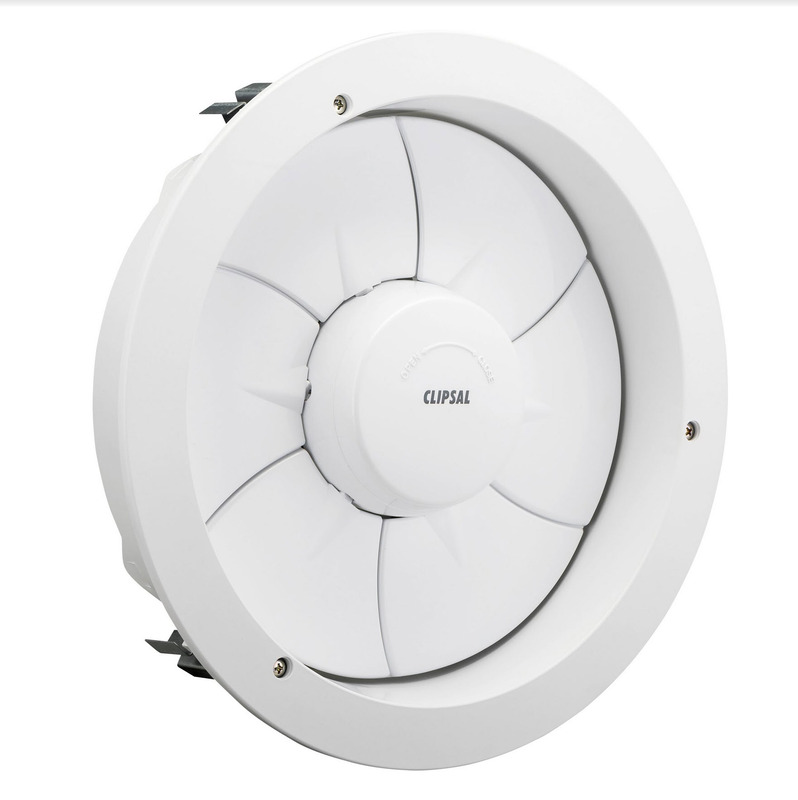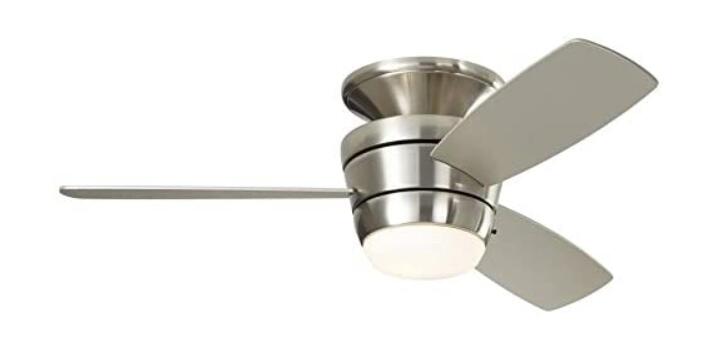
Non flush-mount ceiling fans come with a downrod, which many times has a ball at the top of the downrod that pivots to accommodate a slope. You can immediately rule out any hugger or flush-mount ceiling fans - those are not meant for sloped ceilings. In fact, most ceiling fans will work on a sloped ceiling. Will a ceiling fan work on a sloped or vaulted ceiling?Ĭeiling fans for sloped or vaulted ceilings are - surprisingly - a dime a dozen. Always look at the CFMs on the label to get the airflow you’re looking for, then select how many blades you want, aesthetically speaking. The main determining factor in airflow is the pitch of the fan blade: The more exaggerated the angle, the higher the airflow. Not at all - blade number is purely aesthetic.

Your average fan is around 4,000 - 5,000 CFM at high speed. The higher the CFM, the more powerful the fan. Are you looking for something powerful, or a calm, gentle breeze? Each ceiling fan comes with an Energy Information label (see below) which measures airflow in CFM. Many fans will work with vaulted and sloped ceilings, they may just require an extended downrod for clearance. You’ll also want to take into consideration the ceiling slope.

Most building codes require ceiling fans be at least 7 feet above the floor. For larger, commercial applications, you’ll want an extra large (60” and over) commercial-size fan. For more open spaces, a large (50” - 60”) should do the trick, or a few fans if you’re working in a longer, more narrow layout that has more than one junction box.

My rule of thumb: If a room is 11 x 11, go with a small (under 30”) or medium (30” - 50”) size. Ceiling fans are not a one-size-fits-all item. You’ll want to measure length, width and ceiling height. What are the main things to consider when shopping for a ceiling fan?


 0 kommentar(er)
0 kommentar(er)
